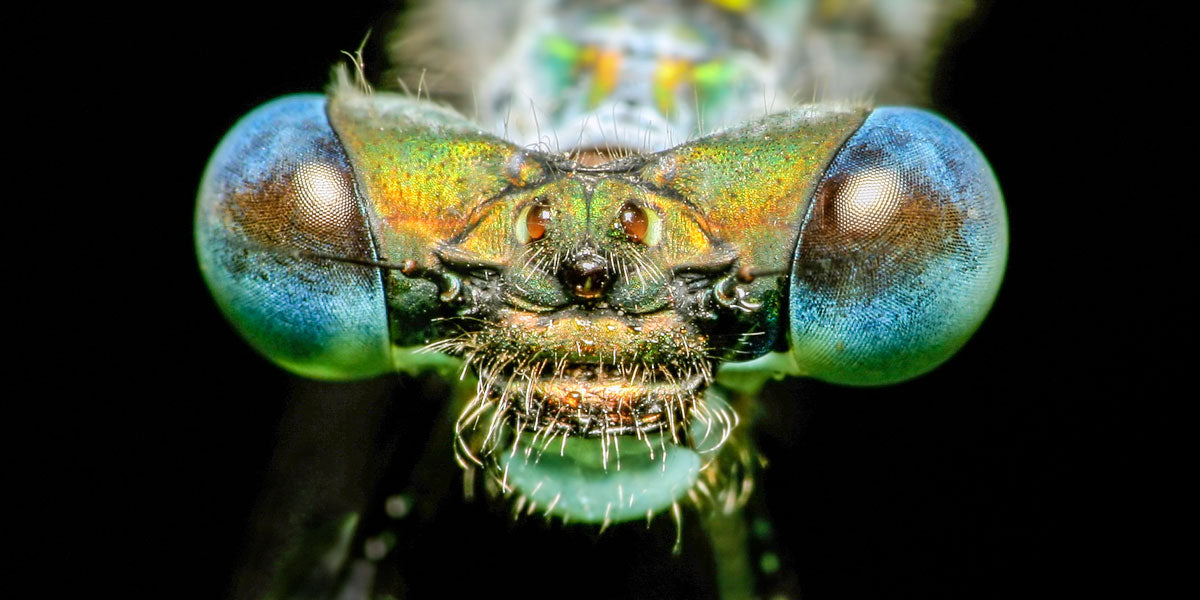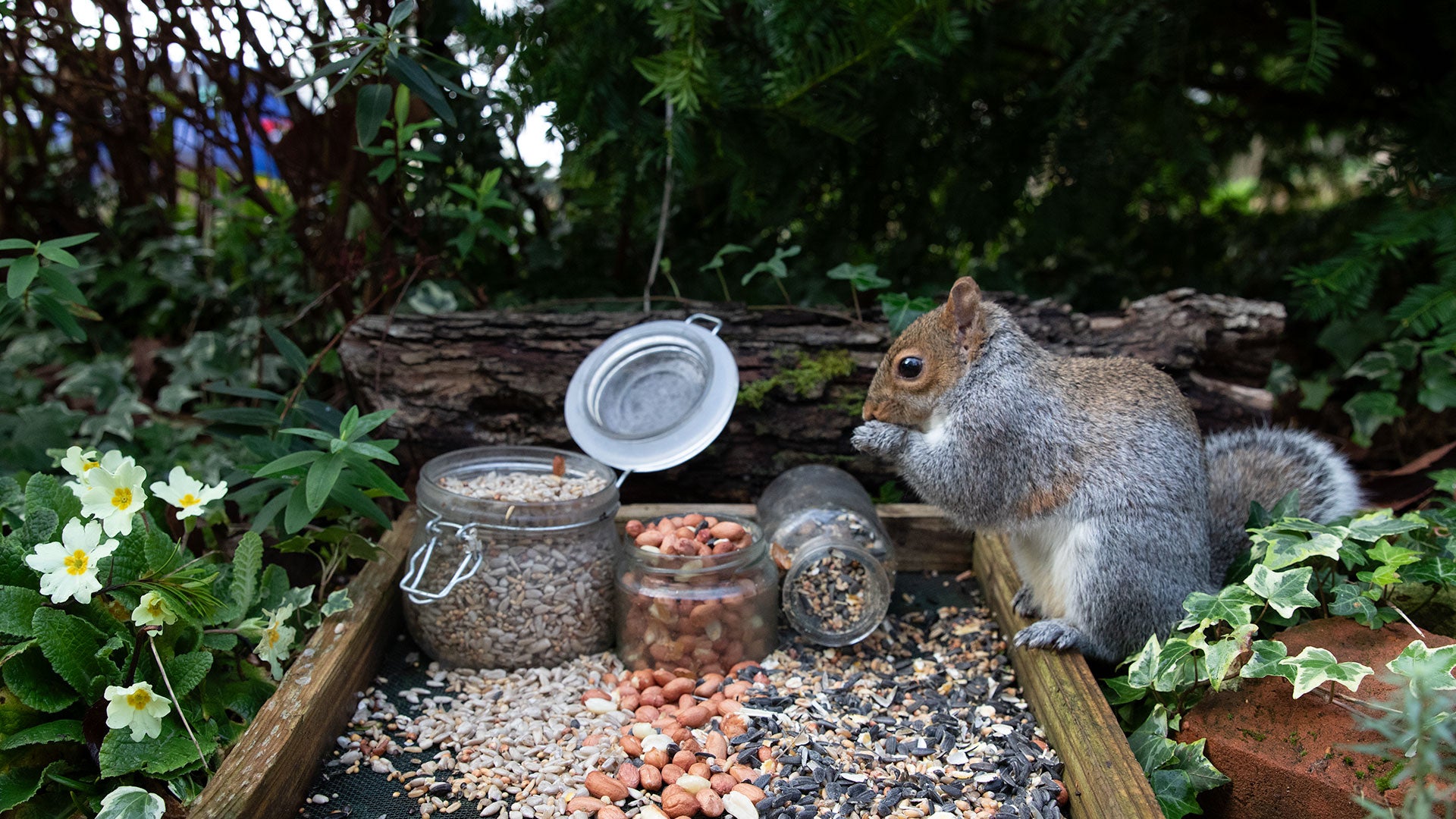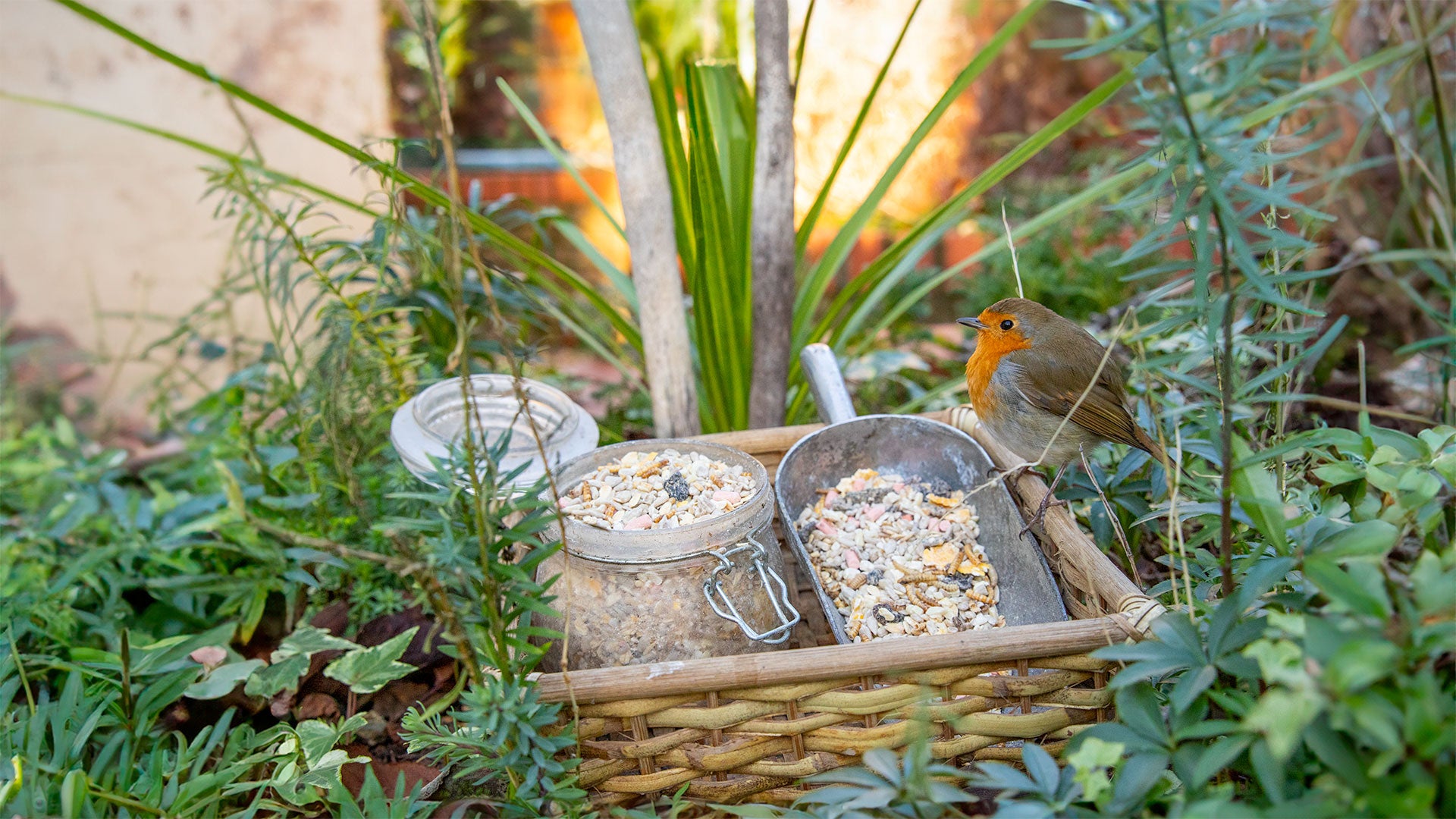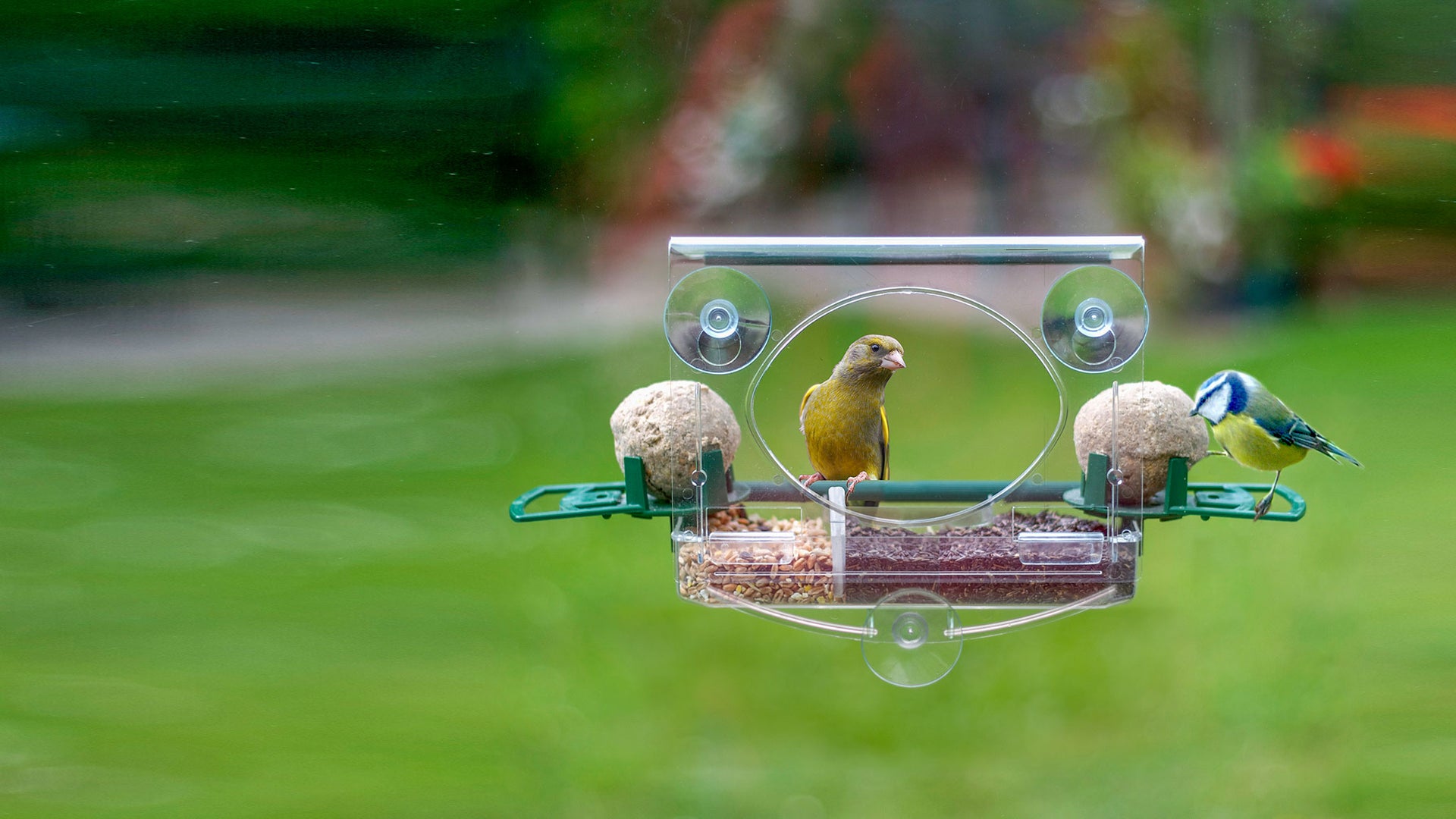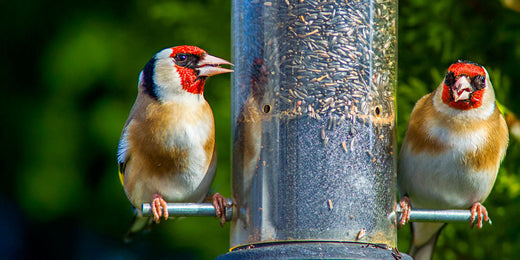When it comes to wildlife, curiosity can be as rewarding as knowledge, because some things are simply imponderable. For example, how do butterflies interpret the world through sight? Differently to me for sure, but then again, I bet you view the world differently to me as well. Everyone will see and interpret the world differently, but at least you and I have similar brains processing the information.
Knowledge and science can tell us ‘how’ eyes work and even test if they see colour or movement. We know all sorts of ‘facts’ about eyes. Simple eyes, compound eyes, eyes detecting ultra-violet or infra-red all wonderful, amazing facts. All good stuff, but nothing compared to how creatures interpret their world through sight.

Eyes all have a purpose and can tell us a lot about creatures and how they live their lives. A common feature in predators is telescopic vision, or forward-facing eyes. This is because depth perception is vital if you want to strike or catch a moving object. Us humans also have telescopic vision, and we share this with cats, owls, stoats and many active hunters. We used to use it to help us safely jump from tree to tree, but nowadays it turns out to be jolly helpful while driving a car! Prey animals on the other hand, want to avoid being someone’s dinner and therefore need broad vision that’s quick to spot movement. The prey animals tend to have eyes on the side of their heads giving maximum visual range, rather than depth from the front.

In addition to forward or side facing eyes, there is a plethora of alternatives out there. Spiders typically have six or eight eyes. A chameleon’s eyes move independently of each other, some types of giant squid even have light emitting eyes, effectively acting as inbuilt headlights! These are all examples of simple eyes; eyes with a single lens, but of course some insects also have compound eyes. These are the magical eyes made up of thousands of ommatidia or lenses, typified by the unrivalled vision of the dragonfly with an astonishing 30,000 lenses in each eye.

Whether designed to seek food, or avoid becoming food, eyes are awesome in all their myriad forms. But sight itself is so fundamental to our everyday experience, we often overlook it (excuse the pun) and simply take it for granted. So, today take some time out, step outside and join me in a visual experience. Become aware of the phenomenon of sight and rejoice in all the richness it brings. Notice how the colour of plants become saturated at dawn and dusk but are bleached under the midday sun. Watch light dance like sprites in the shadows and dappled sunspots. Invisible to others, the performance is a personal experience for you alone, it has no sound, touch, taste, or smell. Look intensely at a leaf, tree bark, or stone, you can see texture as well as colour, and then other senses start reinforcing your visual experience of the world. Relax into vision and suppress your other senses, it’s a calming and engrossing experience. Then if time allows, let your imagination take over. Become a dragonfly, butterfly or even a light emitting octopus. Be free with your imagination and wonder how the world looks and is to an ant, bumblebee, or spider.

I can lose hours with such wonderings, engrossed in my own imagination. I for one am delighted we do not know all the answers. Freeing my mind to explore my curiosity to see the world from so many different points of view.
Footnote: I’m often asked, ‘how can I get closer to wildlife?’ and our binocular vision has a large bearing on it. We like to look ‘head on’ to maximise our vision but in the eyes of wildlife this is predatory behaviour. Instead, become more grazer, notice how birds ignore sheep, cows and horses and will happily eat in close proximity to them. The tips I can give you are, are never look directly at your target, instead use your peripheral vision. Look out of the side of one eye and mooch about slowly in random directions, never walk directly towards an animal. All this will suggest you are non-threatening and they will allow you to get much closer.
